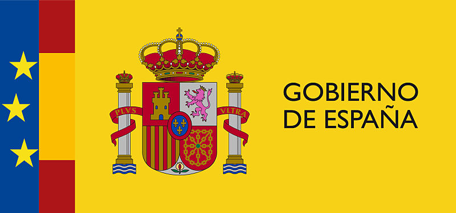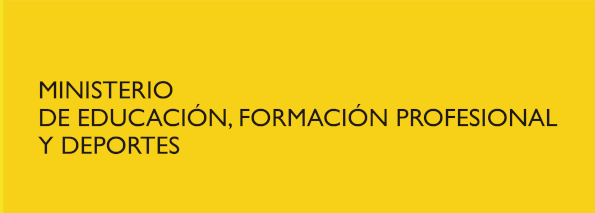Sports habits survey of Spaniards 2005
Postmodern eras and sports: Between the individualization and massification
Survey sporting habits of Spaniards 2005
- Manuel García Ferrando. Professor of Sociology. University of Valence.
With the technical collaboration of
- Ramón Llopis Goig. University of Valence.
Submitted to the High Council of sports
23 January 2006
CONTENTS
1. Comments to theoretical and methodological survey sporting habits of the Spanish population 2005
1.1. Introduction
1.2. Globalization, postmodern eras and sport
1.2.1. The transformation globalising and complex of sport
1.2.2. The local and the everyday in contemporary sport
1.2.3. Materialistic values and habits posmaterialistas
population sports
1.3. Methodological Point
2. Free time, leisure activities and sport
2.1. Work, leisure time, entertainment and sport
2.1.1. Contemporary sport and leisure activity
physical and social
2.2. The positioning of sport activities of free time:
the challenge to achieve an own social space
2.3. Frequency of activities of free time:
most desirables activities
2.4. The interest in sport: historical development and social distribution
3. The sport practices of the Spanish population: most practiced sports
3.1. A pastime: historical evolution of the habits
sports
3.2. Socio-demographic profile of the population practitioner
3.3. A family history of sports
3.4. Levels of sports in different communities
Autonomous
3.5. Often practiced sport
3.6. Competitive nature or recreational sports
3.6.1. Typology sporting COMPASS
4. The most practiced sports: the gap between the sports and popular sport and recreation
4.1. Management of sports according to their frequency of practice
4.2. Often practiced various sports
4.3. Management of the federations as the number of licenses
sports
4.4. Interest and satisfaction with sporting: between the desire
and the reality
5. The associative dimension of sports
5.1. Associative forms and associative not
5.1.1. Sports for individual and group of sport
5.2. Belonging to a club or sports association and practice
sports
5.2.1. Sports and participation in activities
associations
5.2.2. Distribution of sports associations in the different
Autonomous Communities
5.3. Reasons of belonging to clubs and other sports associations
5.3.1. Subjects of neglect and non-memberships
sports
6. The values and subjective dimension of sport
6.1. The physical and sports goals in the framework of priorities
modern valorativas postmodern /
6.2. Open or restricted what is sport
6.3. The diversity of ways of understanding sport
6.4. What more and less like sport
6.5. Reasons why practiced sport or not
6.5.1. The influence of gender, age and the social position in the
motivations of those who do sport
6.5.2. Reasons for sport according to type of sport
practiced
6.6. Reasons why has never been sport
6.7. The abandonment (temporarily) of sport
7. Other forms of sports practice: the promenade, recreation in nature and sport for all
7.1. The walk as recreational physical activity
7.2. Sports, tourism and recreation in nature
7.2.1. The creation of natural spaces for recreational purposes
7.3. Sport for all. Scope of its practice
7.4. Physical activity of the working population and the physical form
Spaniards
8. The perception of sports in Spain and the theme of sporting facilities
8.1. View on sport practised in Spain
8.2. Physical education and sport for all against the sport of
competition: is a conflict of interest?
8.2.1. Valuation of the importance of physical education and
sport in Spain
8.2.2. The comparison of different types of sport in
Spain
8.2.3. Image of public administrations of sport
8.3. The theme of sporting facilities
8.3.1. Type of installation using the practitioners of
sport
8.3.2. Proximity of sporting facilities to place
residence
8.3.3. Perception of the facilities available
and evaluation of new needs
8.3.4. Image of sporting facilities public
8.3.5. Municipal sports Facilities and most used
most needy
9. Sport as consumption and show mass
9.1. Children and top-level sport ideal as a reference
9.2. Media, television and sports: the hearing
sports programmes
9.2.1. Reading of sports newspapers and magazines
9.3. Assistance to sporting events
9.3.1. Partners and shareholders professional sports clubs
9.4. The sports equipment of Spanish homes
9.5. The use of stimulant products and dietary
9.5.1. The spread of doping and products stimulants
gyms and other sports centres
9.5.2. The use of medicines and dietary supplements for
improve the physical and sports practice
10. A final thought: the constraints of sports practices at the beginning of the 21st century
Bibliography


